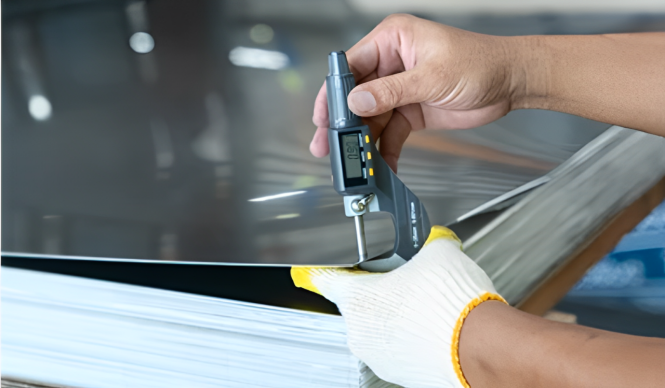Is Brass Magnetic? – Revealing Facts
It goes without a doubt that metals are crucial when it concerns magnetism. It is important to understand the reactivity of metal in relation to magnetism. It can even affect the utilization of that particular metal in the final products in the long run. The common question that many users ask Is Brass Magnetic?
Table of Contents
ToggleBrass has a special utility in terms of demand throughout the manufacturing sector. In this article you will find the information about brass magnetism, factors that influence magnetism, how to test brass magnet, and many others. It is high time to disclose some facts!
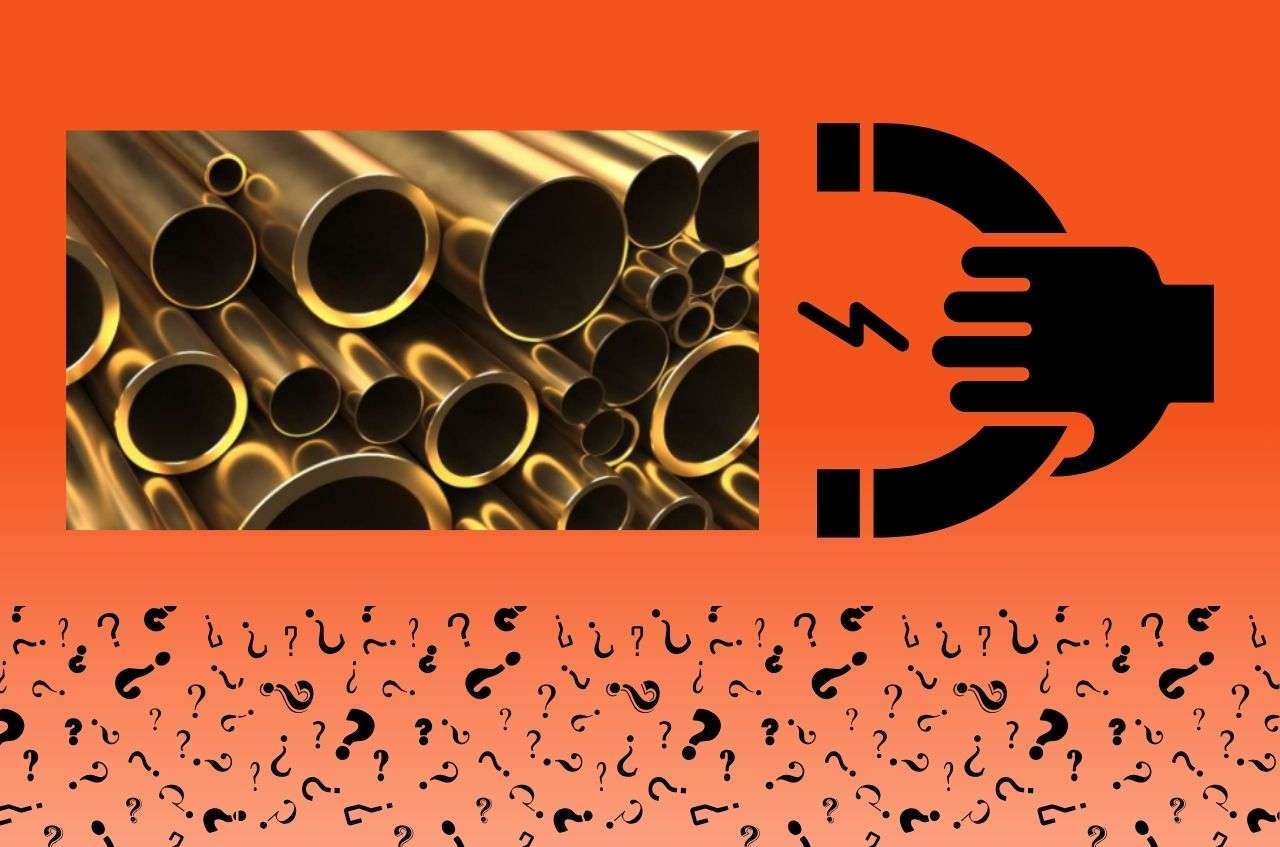
Is Brass A Magnetic Material? – Revealing Insights on Magnetism
Before answering “is brass a magnetic material or not” let’s first get insights on the different magnetisms:
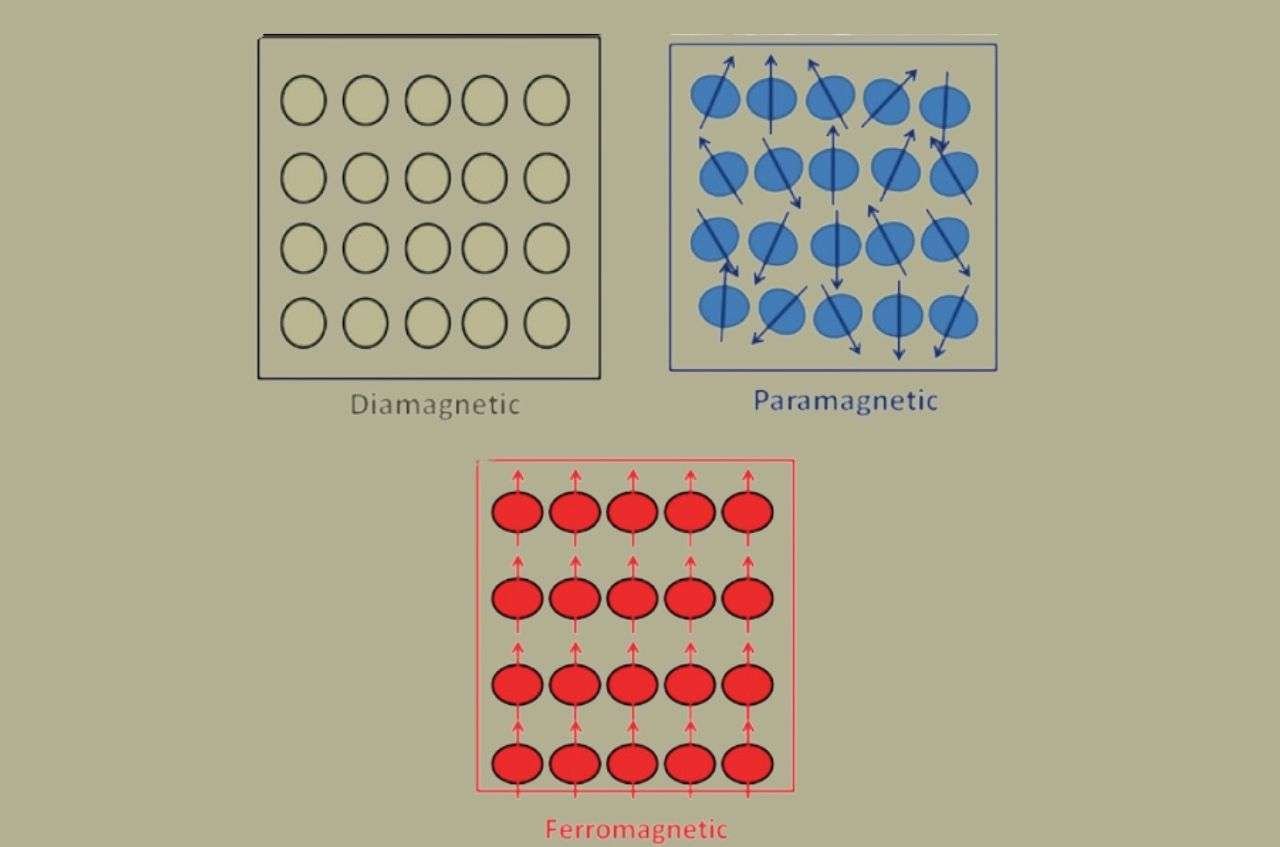
Ferromagnetism
These are the materials that exhibit high levels of magnetism. That is correct especially if you place such material into an external magnetic field. The ferromagnetic materials still retain the magnetization aspect when they are away from the magnetic field.
The main reason behind this is that the Ferromagnetic materials have permanent magnetic moments. For this reason, they include fast magnetic field alignment to the field.
Ferromagnetic materials are characterized by the parallel orientation of the magnetic field. It is also possible to have hysteresis while using such materials. The hysteresis is the slower or negligible response to the variation of the magnetic field.
With such insights on the above information, kindly note that the Brass does not lies among the Ferromagnetic materials. However the Cobalt, Iron and Nickle strongly indicate the Ferromagnetic in nature.
Paramagnetism
Unlike the ferromagnetic materials the paramagnetic ones possess unpaired electrons. It is the presence of unpaired electrons that give rise to magnetic moments. When you put such materials in magnetic field. The moment rise from the unpaired electrons which bring out the alignment resulting in weak magnetism.
The weaker magnetism is only because of the presence of unpaired electrons which are present in much lower numbers. It is important to point out that temperature also affects the paramagnetic properties of materials. Thus, the magnetic behavior continues to decline as the temperature increases.
Diamagnetism
Diamagnetic materials can be described as the material which do not possess unpaired electron in their atoms. It means all the electrons are in pairs and there will be no net magnetic moment. Lack of magnetic moment makes these materials to repel the external applied field.
After getting some information about the above three main types of magnetism you are asking this question, does a magnet stick to brass? To answer this question first you need to know brass is?.
Copper and zinc collectively constituent brass alloy. These both are diamagnetic materials where there are no unpaired electrons in the compounds. This means that brass is also a diamagnetic. This applies however at a very weak attraction only due to the presence of impurities in the system. Therefore in summary the brass is a diamagnetic.
Wondering if you like to know is zinc magnetic?
Factors Impacting the Brass Magnetism
Now you have the answer to the question “Does a magnet stick to a brass?” The brass have a less powerful magnetic effect.
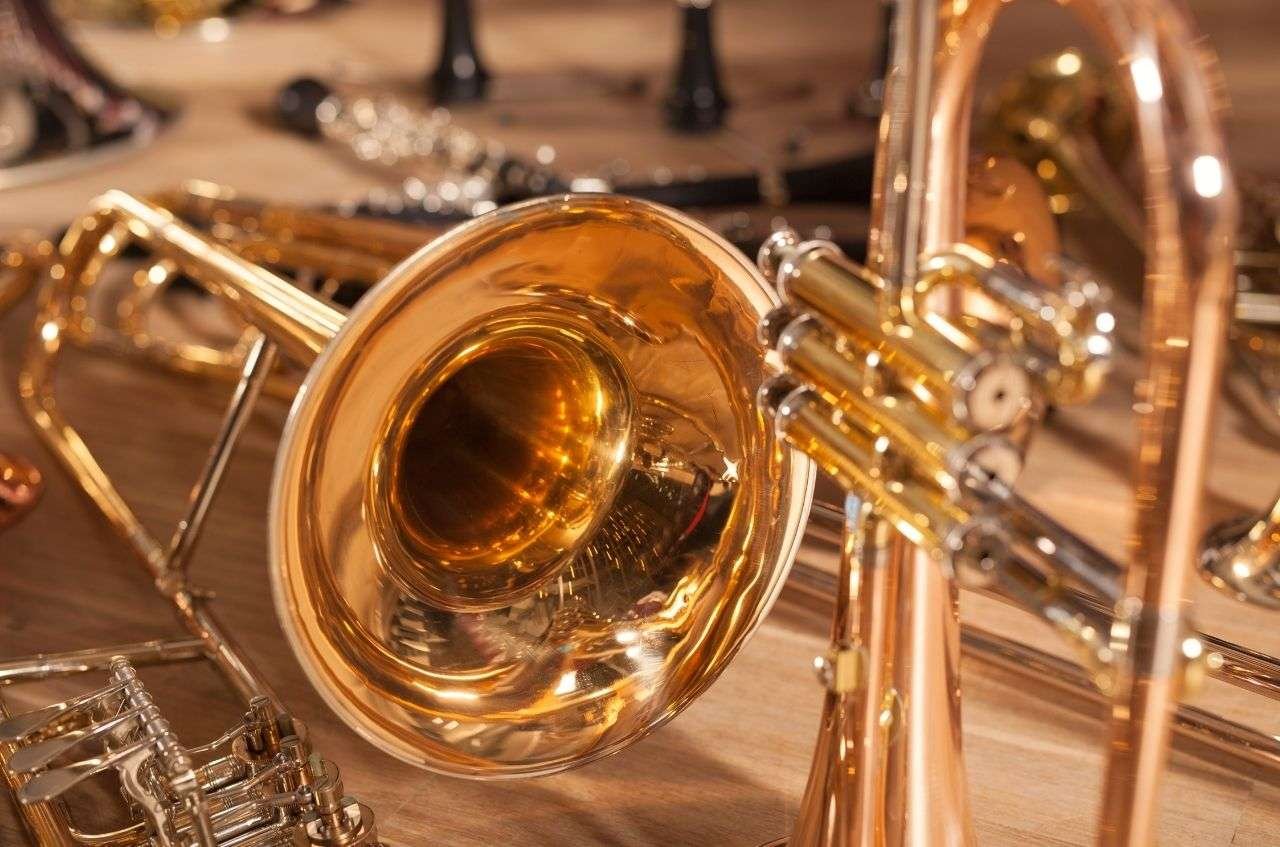
Material Composition
Another aspect that determines the magnetism of the brass is the composition of the brass since different types of materials will produce different results. Other manufacturers may alter the chemical composition so that it becomes more magnetic in nature.
This is mainly because of the presence of magnetic material within the diamagnetic brass. For instance the materials which have higher magnetic charactersitics if added to the brass they uplift the magnetic properties. Iron, for instance, can be used to illustrate one of these metals. So to summarize one can make a diamagnetic brass to a paramagnetic by changing the composition.
Impurities within Brass
There is no metal which is 100% pure in the world but the amount of impurity present in it may vary. The kind of inclusions that are present within the brass contribute to the magnetic property of brass. If the said impurity is non-magnetic then it causes the brass to become almost magnetic and the other way round.
Techniques of Heating
When you are in the process of making the brass into an end product, then you require to take it through the heating processes. These processes can be annealing or sintering. These two processes significantly affect the magnetic properties of the brass. The heating techniques you use are able to alter the position of the atoms and electrons in the material. This may made the brass either magnetic or non magnetic.
Element of Temperature
When it comes to the metal magnetism, the temperature of the surrounding environment is important for the material. This is because the higher the surrounding temperature then the magnetic susceptibility is almost negligible and vice versa. So when designing the product bear this factor in mind what temperature changes your product is likely to encounter. This is important when answering to “will a magnet stick to brass?”.
Crystal Arrangement Structure
Another is the way atoms are packed within your brass metal. This has a large impact on the magnetic moment as well as the magnetic field that you are going to encounter. If the atoms within the metal are arranged in a manner that they exhibit magnetism and magnetic moment, Then your metal will exhibit a weaker magnetism.
Strength of External Applied Field
The external magnetic field significantly influences the brass magnetism case. If the external field is stronger then brass will respond to that field slightly. On the other hand if the external field is weaker then brass may not show any attraction.
Evaluating the Magnetism of Brass
It is crucial for the manufacturers to get real insights on the magnetism of the brass. This factor will help them manufacture the quality products that perform and lasts longer. Lets uncover the information on ways you can use to test magnetism of brass:
Ways To Evaluate Brass Metal and Its Magnetic Nature
Below is the list of methods you can employ to evaluate the brass for end applications:
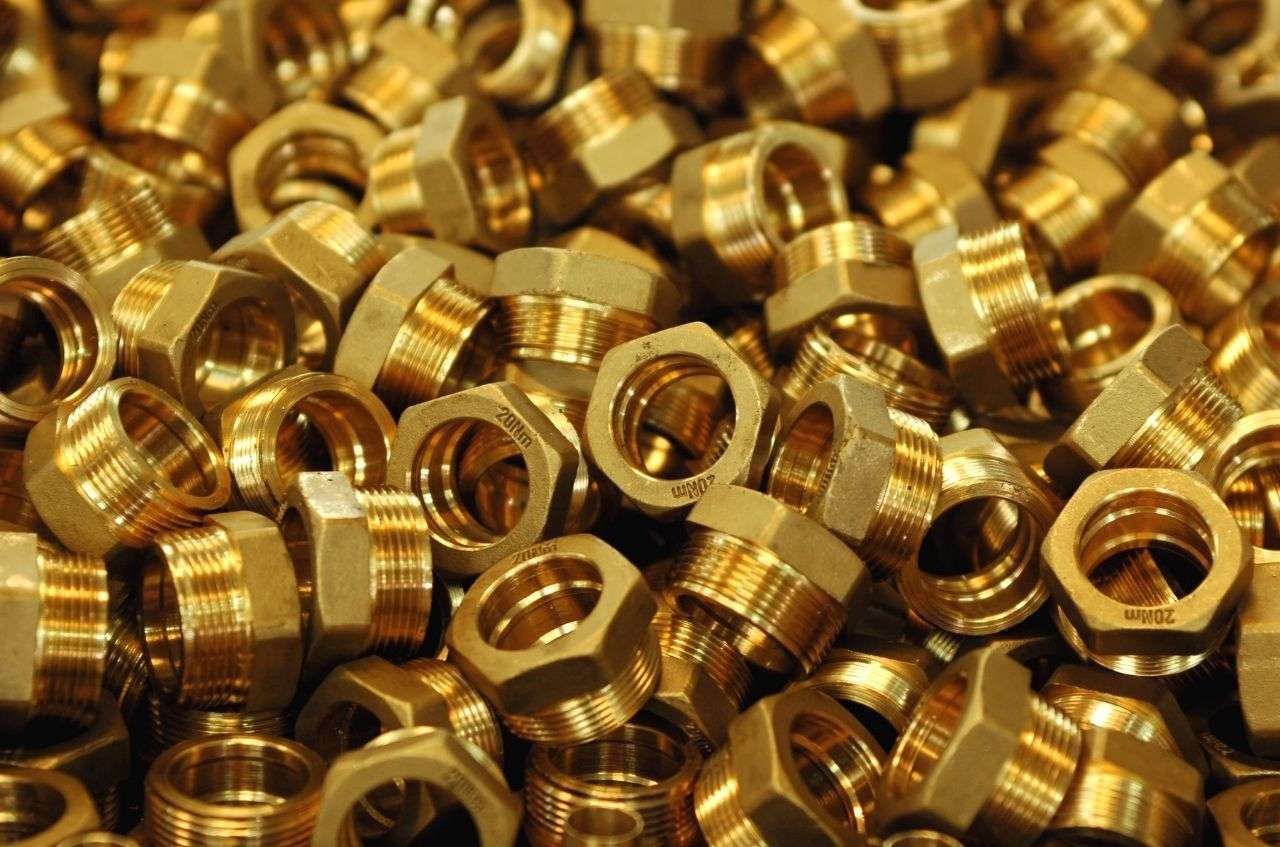
Visual Examination
To examine brass visually one has to bring a magent and then hold it closer to the brass. Now, watch what happens to the metal. If it shows a weaker attraction then it is the right metal. Visual examination is faster and inexpensive to conduct the test on the brass metal.
Measuring Magnetic Susceptibility
For this method, it is the balance used in the magnetic susceptibility measurement that is of utmost importance. The advantage of using this method is that it is capable of identifying the weakest magnetic effects. In addition to this the accuracy of this method cannot be doubted.
Sensor
The sensor refer to the hall effect, it is able to measure both the direction and total strength of a magnetic field. As for the thing that has to be done in order to use this method, all you have to do is pass the metal through the sensor. Finally the sensor compares the created magnetic field.
Magnetometer
It refers to a similar equipment to the Hall effect. The thing which set this sensor apart from the rest is that it comes with an incredible level of accuracy. In this case, you have to place the sample within the sensor and it begins to vibrate. It therefore finally measures the strength of the magnetic field if it exist.
SQUID (Superconducting Quantum Interference Devices)
They refers to the state of the art devices and detect the magnetism even in super weak magnetic metals. This is mainly because of the advanced level of sensing technology used within equipment.
Utilizing Eddy Currents
By employing this method you can examine and scrutinize the shifting electrical conductivity and magnetic permeability of the metal. This method is based on the magnetic induction method. This way you can either detect or quantify the very small changes in the magnetic capacity of the metal.
Measuring Hysterisis
You may wish to know the following question: “Do a magnet stick to a brass?” This will be clear in as much as you examine the brass with regards to the varying magnetic field. In this regard the measurement of hysterisis play a key role. When it comes to testing with this method, you have to set up the toolings. This will assist you to have good analysis in terms of testing.
Using XMCD
The XMCD (X-ray Magnetic Circular Dichroism) is the latest technology tool that enables determination of key properties of metals in as far as magnetism is concerned. This technique allows you to obtain information regarding magnetic characteristics on the atomic level.
However, when choosing any of the above methods, consider the level of sensitivity required in the end products, and application environments.
How to do Magnetism Test for Brass – Step By Step
In this section, you will read about a very easy technique you can use to check the brass in terms of its magnetic properties.
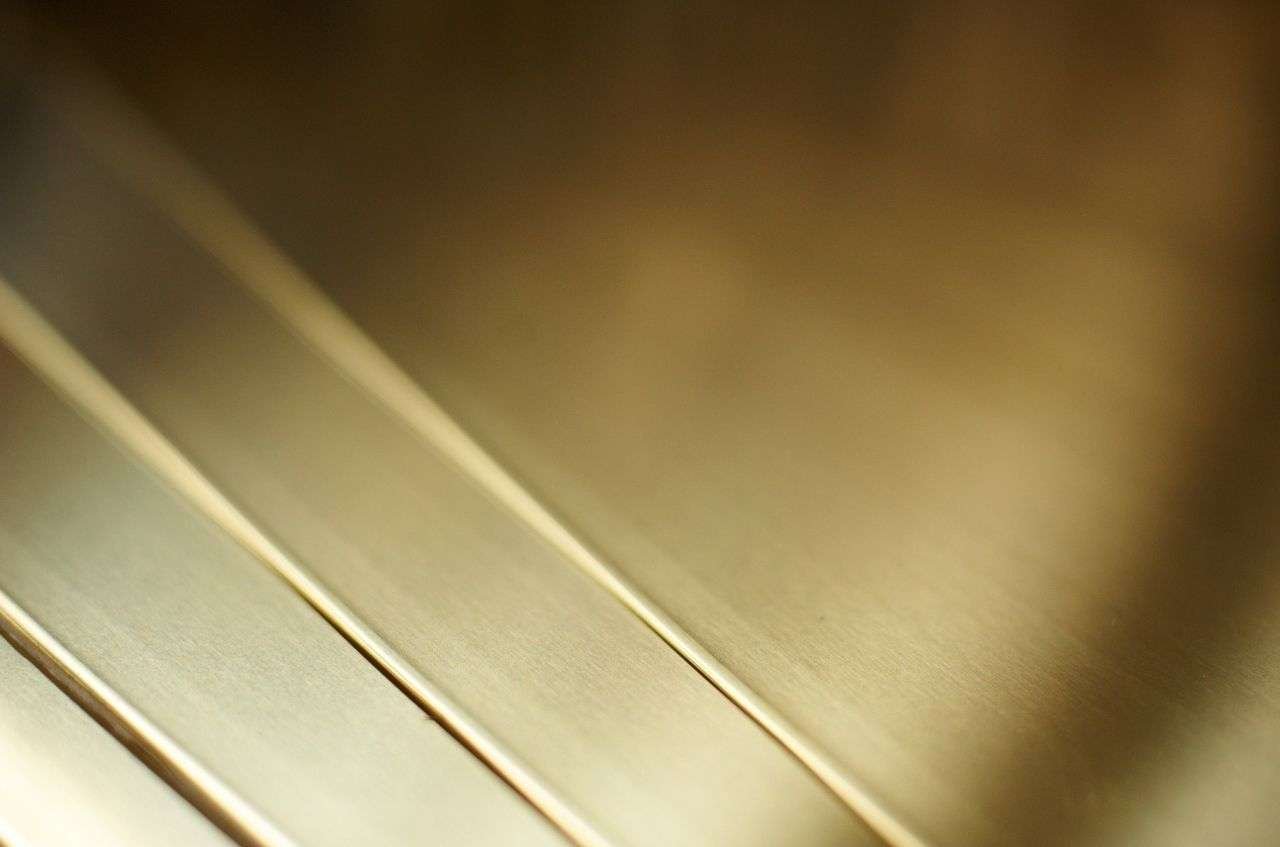
Required Materials
- The brass metal piece which you want to test
- A relatively higher magnetic strength magnet
Stepwise Brass Magnetism Testing Process
- Then take the piece of brass and wash it very well. Ensure that it does not contain any form of impurities at all. As a reminder, do not request a bigger sample, a small sample will be enough.
- Now, let’s take the magnetic piece to ensure that it does not contain any dirt on it. Ensure that the magnet used is of the right strength.
- Now in the third step, take the brass piece and place it on non-magnetic surface. Then slowly move the magnet closer to the brass piece. You will observe any kind of movement you are going to experience in brass.
- Finally analyze the results, if the magents have shown the slight movement then the brass is negligibly magnetic.
When responding to the question: “Does magnet stick to brass? If yes, then the brass contains excessive magnetic impurities. In case of zero attractive forces you can refer brass as diamagnetic.
Can You Magnetize Brass?
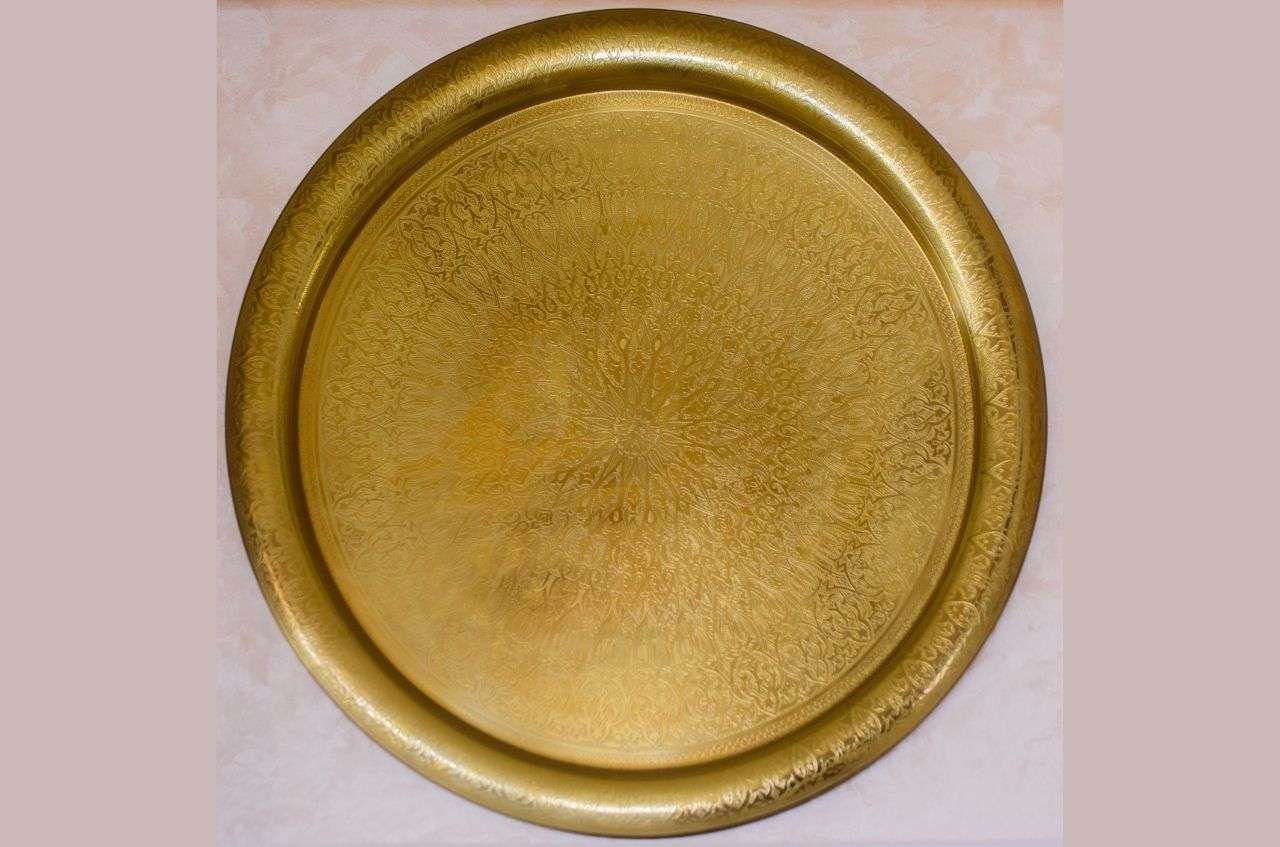
And thus manufacturers’ question of “Will a magnet pick up brass?” has been made exceedingly clear by far detailed discussion. Brass itself does not exhibit a stable magnetism. The two things make contribution to the magnetic activity of the brass are external field and impurities.
In the natural brass metal, you cannot experience very higher level of magnetic impurities.
This will ehlp brass align some of magnetic moment with the field but for the moment. If you remove the brass metal from the external field then it comes back to normal state.
Will a magnet pick up brass? Simply no. In action to the stronger fields the answer is yes but absence in of them no.
Nevertheless, the brass is not a magnetic material, but if it is necessary, the material can be magnetized by an external magnetic field.
Conclusion
In conclusion, the facts of ‘Is brass magnetic or not a magnet?’ Please note Brass is negligibly magnetic. However brass is not suitable for the applications where you want to use the stronger magentism. While it may be possible to enhance or modify the magnetism of the brass to a certain extent but this would only be for a while. For more information in this regard please contact us at sheet metal masion and we will assist you. Find this article enticing keep reading to uncover is lead magnetic or not here.
Source:Magnetic Properties of Brass



